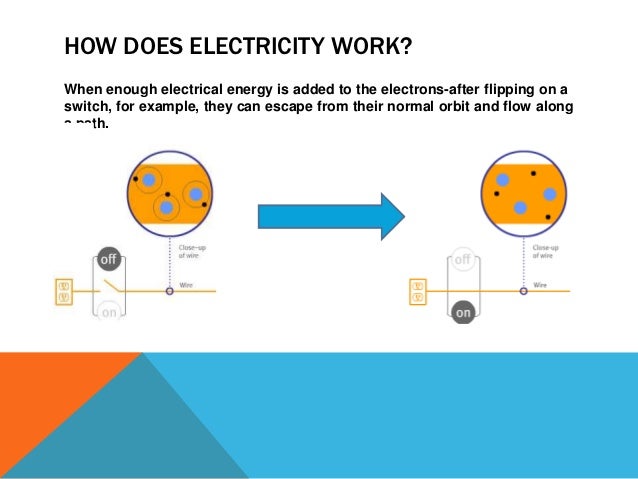
The partial derivatives are what we might call the marginal utility of each good: that is, the amount of additional utility produced if you increase your consumption of a good by a bit, holding your consumption of other goods constant.

(That is, you can compare any two numbers, and if $x \ge y$ and $y \ge z$ then $x \ge z$.)įurthermore, once we have this “production function for utility,” the concept of indifference curves and the MRS are already familiar to us: $$A \prec B \iff u(a_1,a_2) < u(b_1,b_2)$$īecause we’re assigning every bundle a real number in utils, we immediately get completeness and transitivity, because the set of real numbers itself is complete and transitive. We could then say that bundle $A = (a_1,a_2)$ is preferred to bundle $B=(b_1,b_2)$ if and only if it yields a higher utility number: In short: one way of thinking about the real world is that we use labor and capital to produce goods via production functions, and then those goods in turn “produce” happiness via utility functions.Ī utility function of this sort, $u()$, would take as inputs a bundle of goods $(x_1,x_2)$, and assign a number (in “utils”, or units of utility) to the resulting happiness.

We’ve established what preferences are but in order to bring preferences into a quantitative model, we need to figure out a way to model them mathematically.Īs economists, we can think of consuming goods as just another kind of production function: only this time, instead of producing fish or coconuts with labor and capital, we’re producing happiness or utility by consuming goods like fish and coconuts. Preferences and Utility Functions 4.3 Utility Functions


 0 kommentar(er)
0 kommentar(er)
